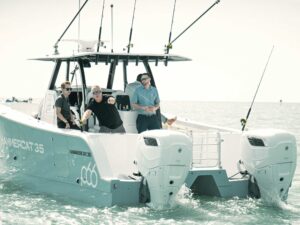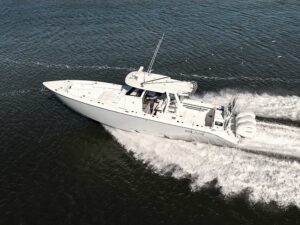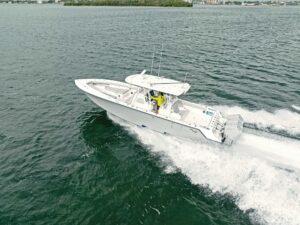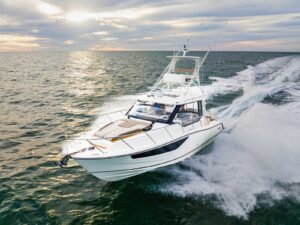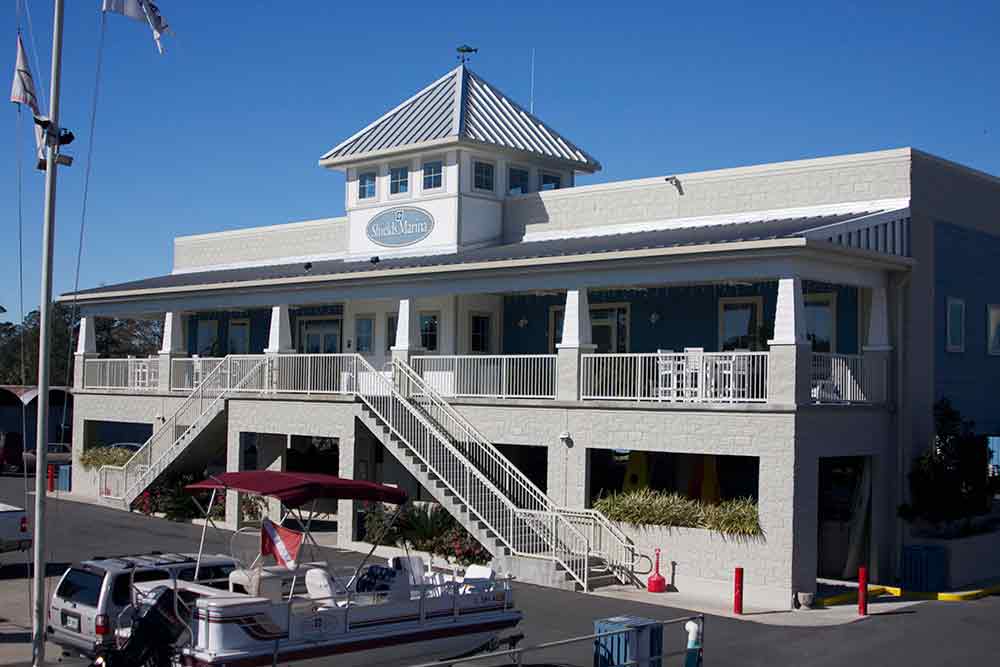
With the official Atlantic hurricane season running from June 1 until November 30, saltwater anglers are forced to keep an eye on the weather for six long months. Strong hurricanes can wreak havoc on coastal communities and even weaker tropical storms can cause serious damage and flooding. With a little advance planning and preparation, however, you can ensure your boat will be safe and protected.
Start by checking out your insurance policy. Make sure you are adequately covered. Does the policy have any special exemptions? Will the face value cover total loss if that should happen? Are the deductibles at affordable levels? Have you cataloged and photographed the boat, engines and accessories? If you do have to make a claim, those records help expedite the process.
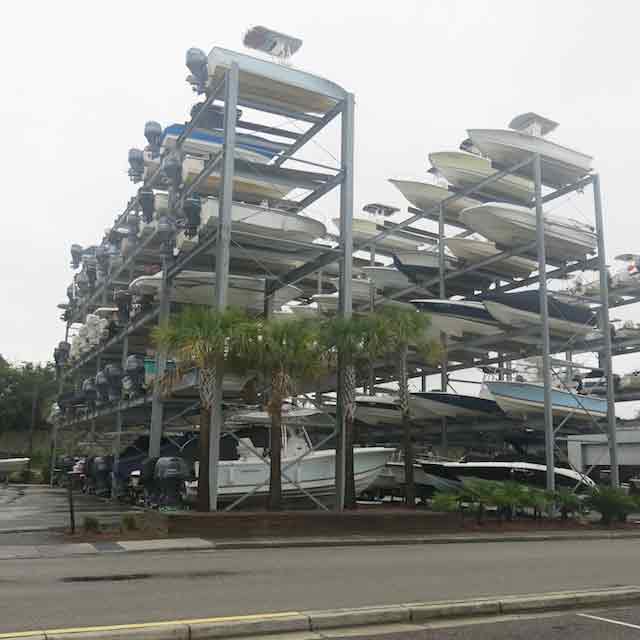
Where the boat is kept is another important consideration. If it stays at the house, your homeowner’s policy may cover supplemental damage. Covered storage protects against flying debris and may provide the best option during an approaching storm. If the boat is stored outside though, try to identify an open field inland where you can park it. For boats kept in rack storage or a slip, verify the marina’s insurance responsibility and make sure everything is secure well before wind and waves reach advisory levels. Procrastinate at your peril.
If the boat sits on a trailer and will be exposed, strap it down to make sure the hull doesn’t float away in flood waters. Use screw-in ground anchors or tie off to fixed posts or poles for added security. Another method is to remove the batteries, plug all drains, block underneath the trailer axles and partially fill the hull with water to weigh it down.
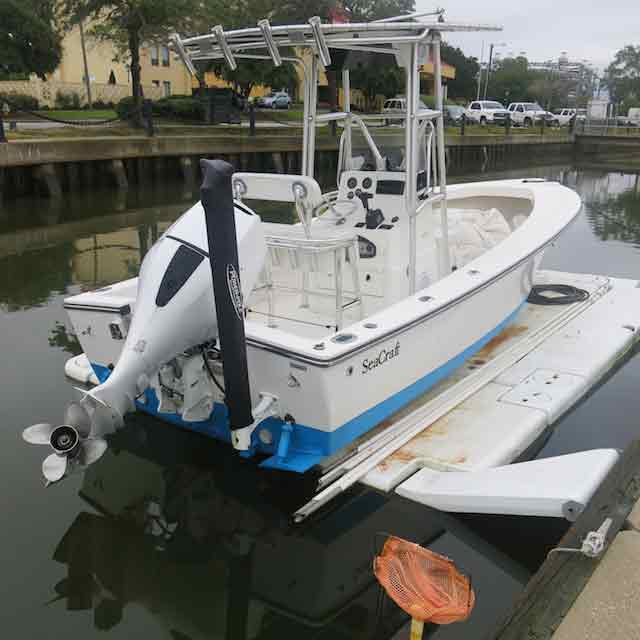
Don’t forget to remove all objects that can possibly blow away like Bimini tops, coolers, tackle and seat cushions. Removable electronics and other accessories should be brought inside for safe-keeping.
For boats that remain in the water, you can never have enough security lines. In addition to twin bow, stern and quad spring lines, a few more extra stout lines only enhance security. Chafe guards can be quickly added with hose from the hardware store. Always tie off to through-bolted cleats and stays whenever possible. Leave enough slack in the lines to account for storm surge and subsequent drops once the water has receded.
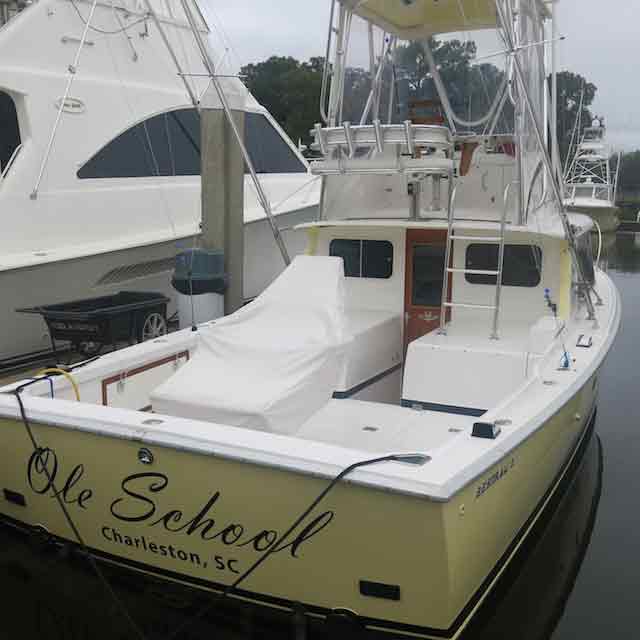
If time and proximity allows, moving the boat to a “hurricane hole” or sheltered anchorage is a prudent step. Maintain a safe distance from other vessels. Set multiple anchors and tie off to nearby fixed objects for added security. Leave enough slack for rapid changes in water levels. Remove all loose gear, make sure the batteries are fully charged and the bilge pumps are set to automatic operation.
No one wants to be in the predicted path of an approaching storm. But if you’re prepared beforehand, chances are good your boat will come through it without incident.

